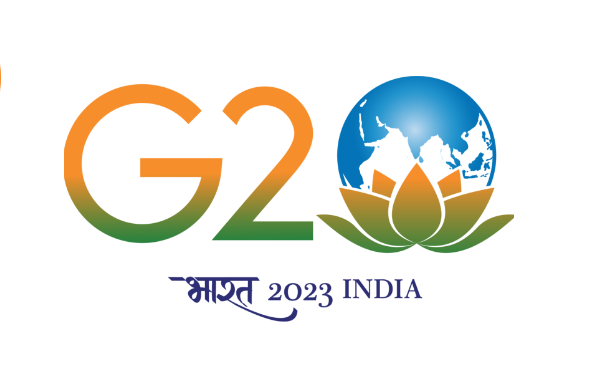
Jan 19: The 1st Health Working Group meeting under G20 India Presidency is currently underway in Thiruvananthapuram, Kerala. Participants including members, guest countries and invited International Organizations are participating in the conference.
The first day of the meeting saw multiple brainstorming sessions. The inaugural session focussed on three key priorities of India’s Health Track in an elaborate manner. Dr Bharati Pravin Pawar, Union Minister of State for Health and Family Welfare, and Shri S V Muraleedharan, Union Minister of State for External Affairs delivered the keynote addresses as the inaugural session commenced. Dr Bharati Pravin Pawar stated, “India Pandemic Policy must be a defining part of our Health Policy as any health crisis today leads to an economic crisis due to the multisectoral nature of our inter-connected world”.
Highlighting India’s strong culture of medical practices and innovation, Shri S V Muraleedharan noted that the Hon’ble Prime Minister’s clarion call for a “One Earth, One Family, One Future” is a pro-planet approach, one that is in harmony with nature for an increasingly globalized world. They inaugurated an exhibition showcasing India’s innovations, success stories and strides in the digital health landscape.
This was followed by opening remarks by the Troika Countries (Indonesia, India and Brazil). Shri Rajesh Bhushan, Union Health Secretary highlighted the need for pandemic prevention, preparedness, response and convergence, a pro-planet approach, continued focus on AMR & One Health, developing a blueprint for Vaccine Therapeutics and Diagnostics (VTDs), harmonizing a global network for countries, building consensus on digital health and mobilizing fund for the same.
During the first session on “Health Emergencies Prevention, Preparedness and Response”, the key speakers were Dr Anders Nordstrom, Ambassador of Global Health, Ministry of Foreign Affairs, Sweden. Prof Vinod K Paul, Member, NITI Aayog, and Dr Sylvie Briand, Director of the Pandemic and Epidemic Diseases Department, WHO. Dr Paul elaborated on CoWIN platform and other digital health interventions developed in India in the past few years. He showcased how India turned CoWIN platform into a digital public good for the benefit of the world. Whereas, Dr Sylvie Briand underlined the need for the world to be prepared for future health emergencies through the blueprint of 5Cs.
Discussions during session 2 on “Strengthening Cooperation in Pharmaceutical Sector with Focus on Access and Availability to Safe, Effective, Quality and Affordable Medical Countermeasures” centred around fundamental building blocks of VTDs by Dr Soumya Swaminathan, former Chief Scientist, WHO. She elaborated on the need for effective research and development along with strengthening clinical trials. Dr Swaminathan highlighted the gaps in R&D and manufacturing of Vaccines, Therapeutics and Diagnostics (VTDs) in LMICs (Lower and Middle-Income Countries). She also discussed eight principles of the Equitable Allocation Framework with a focus on solidarity, accountability, and transparency. Dr Soumya flagged the importance of technology transfer and diversified manufacturing, establishing R&D networks and collaborations.
Other influential speakers included Dr Raymond Bruce J. Aylward, Senior Advisor to the DG-WHO. Dr Aylward explained the rationale for the new Medical Counter Measures (MCM) platform for future pandemics, including its vision, scope and design. He stressed the need to focus on inclusivity, transparency, timeliness and agility of the platform.
The first day of the meeting also saw bilateral meetings along with cultural programs happening on the side. Kathakali demonstration, Kalamezhuth, and Sarappakkalam art were showcased at the event along with calligraphy (Malayalam). The day ended with a multimedia mega show with the theme- World as one family
Disclaimer: We donot claim that the images used as part of the news published are always owned by us. From time to time, we use images sourced as part of news or any related images or representations. Kindly take a look at our image usage policy on how we select the image that are used as part of the news.